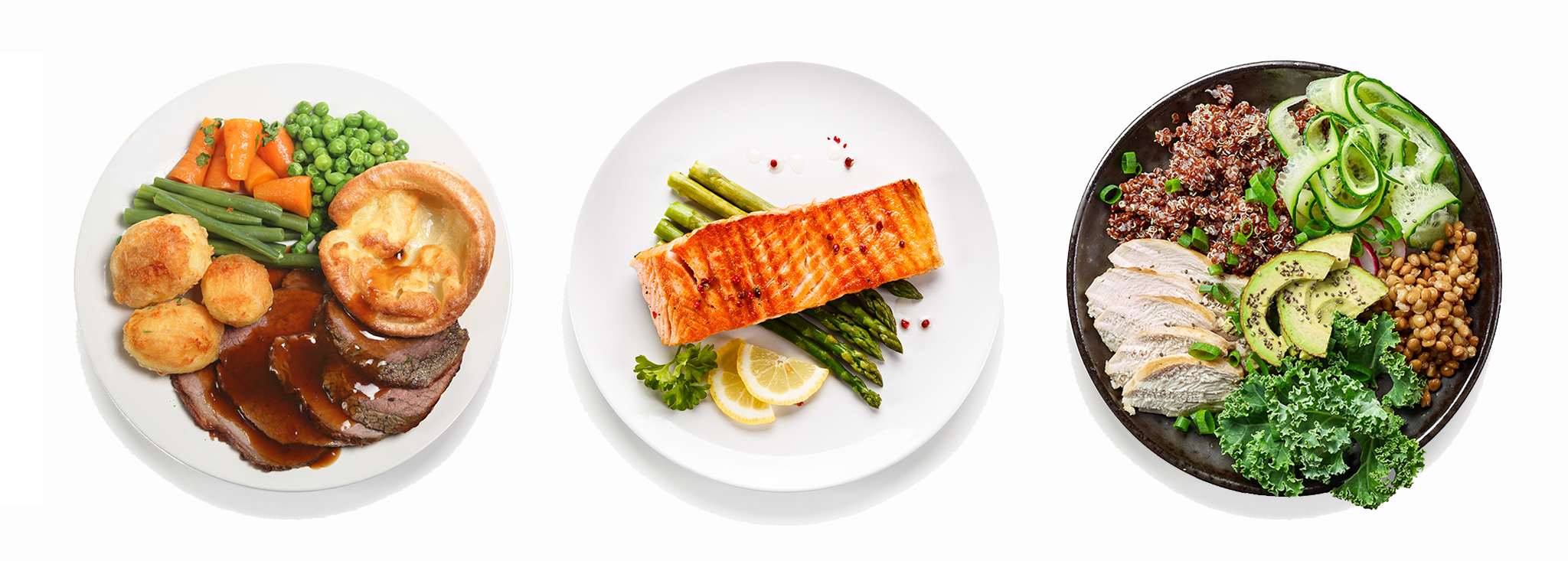Understanding Portion Sizes
There are different ways to manage diabetes. One of the ways, as you probably already know, is by managing your diet. But, not only do you have to eat healthy and learn which foods affect your blood sugar more than others, but you must also be careful with their serving sizes and learn portion control.
Let’s break it down.
What is a portion size? How does it differ from a serving size?
A serving is a unit of measurement for food and beverage products and is indicated on the nutrition label. Each serving size tells you the amount of nutrients you’re consuming, most notably calories, fat, sugar, protein and carbs. Portion sizes indicate how much of a food you choose to eat and can contain multiple serving sizes.
What’s the importance of serving and portion sizes if we live with diabetes?
In general, blood glucose levels management is the result of balancing your diet, physical activity and medication. Some foods can have a greater impact on your blood glucose levels more than others. Using the information the serving size provides, you can keep track of how much fat, carbohydrates, sugar and protein affect your blood sugar, blood pressure and overall health and make adjustments for your ideal portion size. General recommended serving sizes may not be conducive to everyone’s diet plan because not everyone has the same nutritional needs, even within the diabetes community. Therefore, diet plans for diabetes treatment must be individualized to include the adequate portions necessary to maintain optimal health.
How can I measure serving sizes?
You can use measuring cups and food scales to measure serving sizes. The good news is that you don’t need special tools or fancy gadgets—you can use plates, glasses, or even your hands. Here are some quick tips on how to remember serving sizes for different food groups. Remember, the serving size is not the same as the portion size, as the latter should fit your personal dietary goals.
| Food group | Serving size |
| Cereals and root vegetables | 1 slice of bread = The size of a CD case.
1 cup of cereal without milk = The size of a tennis ball 1/2 cup of pasta, potatoes or rice = The size of a computer mouse, ½ the size of a baseball |
| Legumes | 3/4 cup = A closed fist. |
| Vegetables | 1 cup of leafy greens = 1 fist
½ cup of peas ½ cup of vegetables in squares = 1/2 of a closed fist. |
| Fruits | ¼ cup of dried fruit = Cupped hand
½ cup of sliced fruit = 1/2 of a closed fist |
| Dairy products | 1 oz/28 grams of cheese = Size of a thumb. |
| Animal products | 3 oz/90 grams of meat, chicken or fish = the size of a deck of cards |
| Fat (peanut butter, oil, or butter) | Half a thumb. |
Learn more about portion control from an expert. Watch the video below:
This video was embedded here with permission from our friends at Diabetes—What to Know. Head to their website to check out more great educational diabetes content!
References
https://dlife.com/portion-size-guide/
https://www.diabetes.org.uk/guide-to-diabetes/enjoy-food/eating-with-diabetes/portion-sizes





